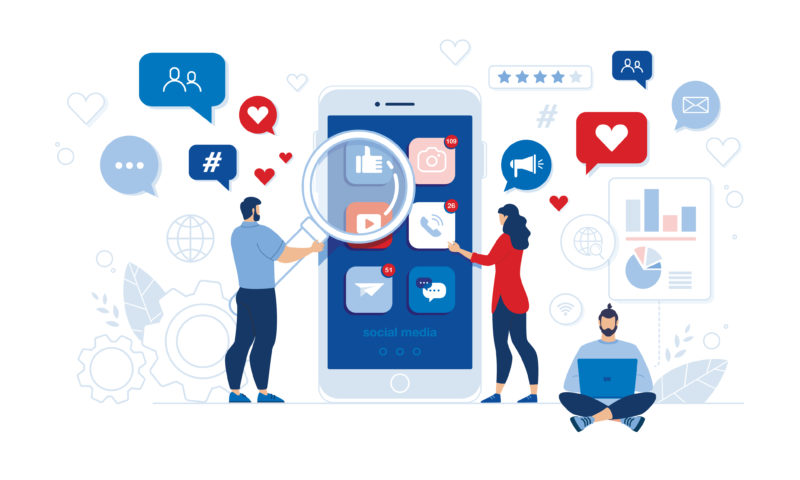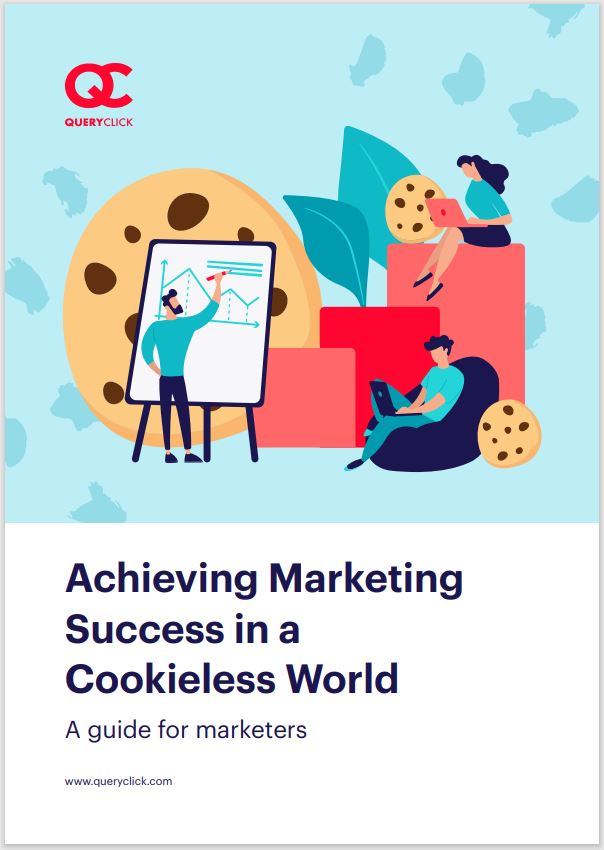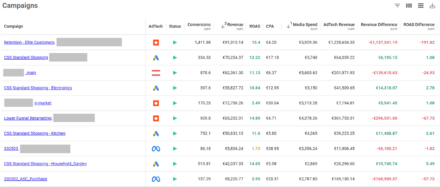How to Leverage CRM Data to Improve Social Media Advertising Campaigns

Customer Relationship Management (CRM) technology helps businesses to manage interactions with existing and potential customers. CRM systems can provide a 360 degree view of customers by storing data on every interaction they have with a business.
This allows marketing, customer service, and sales teams to draw on rich insights.
Nearly all retailers and online businesses use some form of CRM technology so they have a wealth of 1st party data that can and should be utilised to supercharge their paid social media marketing efforts.
With increased privacy measures from big players like Facebook and Google restricting the 3rd party data available to advertisers, it is now essential that the 1st party data you have access to is harnessed for effective social media advertising strategies.
In the paid social universe, creative is key. But, if you are not targeting the right people, top class creative really won’t turn the dial. Your own database of customers has some of the best data you can get to help you target the right people.
So, integrating it into your paid social activity is fundamental.
CRM and paid social integration is already facilitated by Facebook and LinkedIn (both automated and manual uploads of CRM data).
This data can then be used in a whole variety of effective ways, including:
- Creating lookalike audiences
- Retargeting email subscribers
- Sophisticated cross-sell activity
- Increasing buying frequency
- Boosting AOV & LTV
- Reinvigorating nurture lapse prospects
Success for each of these approaches hinges on the quality of this data, the marketing automation capabilities and of course, a well-executed strategy.
So, read on to find out how to ensure success through leveraging your own first party data to succeed with paid social ads in three key areas.
3 ways of leveraging CRM data on your paid social strategy
Find similar customers with lookalikes
On most social platforms, you can create lookalike audiences for paid activity based on your website visitors or purchases by using a pixel or tag that comes from the platform itself.
The advantage of creating a lookalike audience based on CRM data is that they are more accurate, as you are not relying on 3rd party cookies.
There are further advantages too as you can also include:
- Offline customers
- An expanded data range (usually the platforms would allow only previous 180 days)
- Parameters/data not always available in these platforms e.g. audiences defined as your top 20% customers (based on AoV, purchase frequency etc.)
Lookalike segments are a cornerstone of most new customer acquisition campaigns through Facebook Ads.
However, utilising your own data can improve performance significantly when compared with reliance on the pixel.
In recent activity with one of our clients, we generated a conversion increase of 106%, at a 42% lower CPA compared to using standard pixel value events as the base audience for a lookalike.
Cross-sell and upsell
You can get product sales information from most analytics tools.
This can be leveraged through CRM data for social media advertising by identifying what combination of products are most commonly purchased together and then use these products to inform your target audiences.
For example, if your sales data shows that people that often buy product A also buy something from the B category, you can create product sets to promote category B to those that purchased/viewed product A based on your CRM data.
This is extremely useful when you have identified trends within your customer base. For instance, customers that buy a bike are surely going to need a helmet and lights right?
This tactical approach can also be used to improve AOV for repeat purchasers by remarketing and upselling higher value items as they are about to purchase again.
Taking a holistic approach with other channels
Your CRM data should include information about all the touchpoints your customers use to interact with your brand.
This rich data can be synced with what people will see on social advertising for a more personalised experience.
For example, someone who has interacted with an e-mail marketing campaign in the last few days can be retargeted with social ads based on that interaction.
Equally, this approach can be leveraged to test multiple messaging styles through ads to a subsection of your newsletter subscribers list so you can craft more effective emails to this audience.
To conclude
As privacy concerns grows and 3rd party cookie data get less available and reliable, the value of your CRM data will grow.
Effectively integrating this owned data into your paid social strategy and using it cleverly will be the difference between the success and failure of your campaigns.
Request a Paid Social Audit
Discover how we can help drive better results from your social media advertising.
Own your marketing data & simplify your tech stack.
Have you read?
Chrome’s announcement on dropping cookie opt-in last month closed the door on a 5 year saga for marketers. But what is the landscape like in 2025 for cookie-based measurement?
Generative AI is transforming the way that marketers plan and assemble content for their Paid Ads. As big platforms like Google, Meta and TikTok increasingly build the tools needed to...
In a surprising move that has sparked heated debate, Mark Zuckerberg announced on his Instagram that Meta will be reducing its levels of censorship and in particular fact-checking on its...




